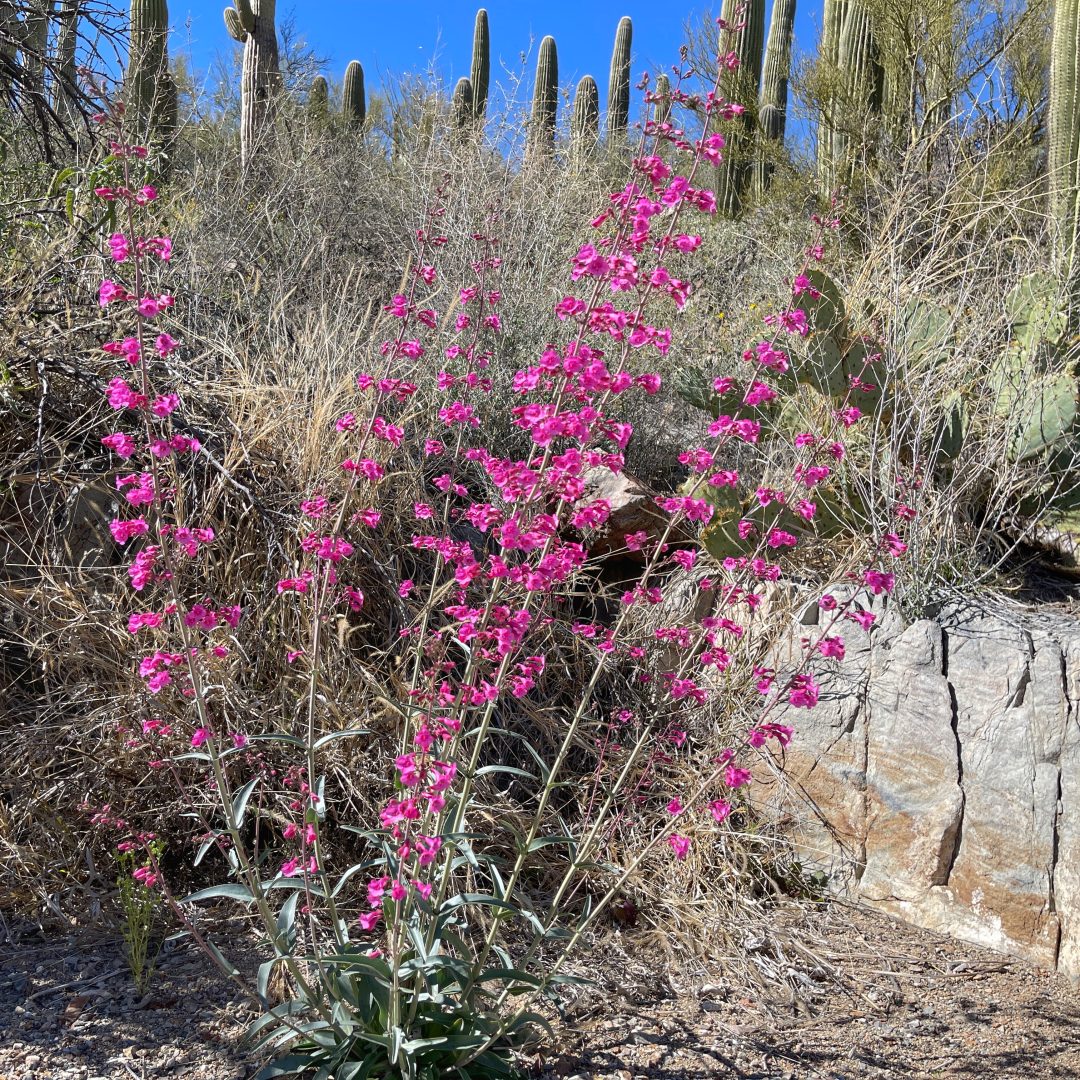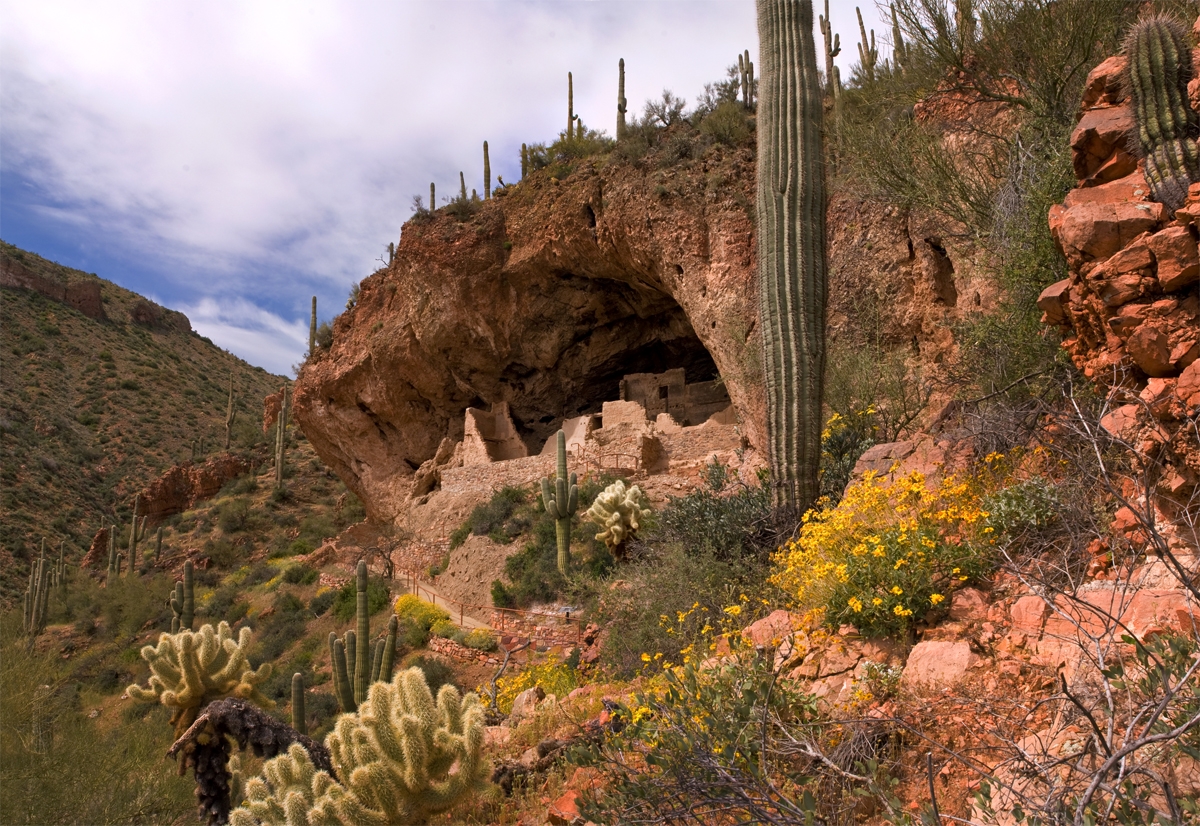
Sunset Crater Volcano National Monument
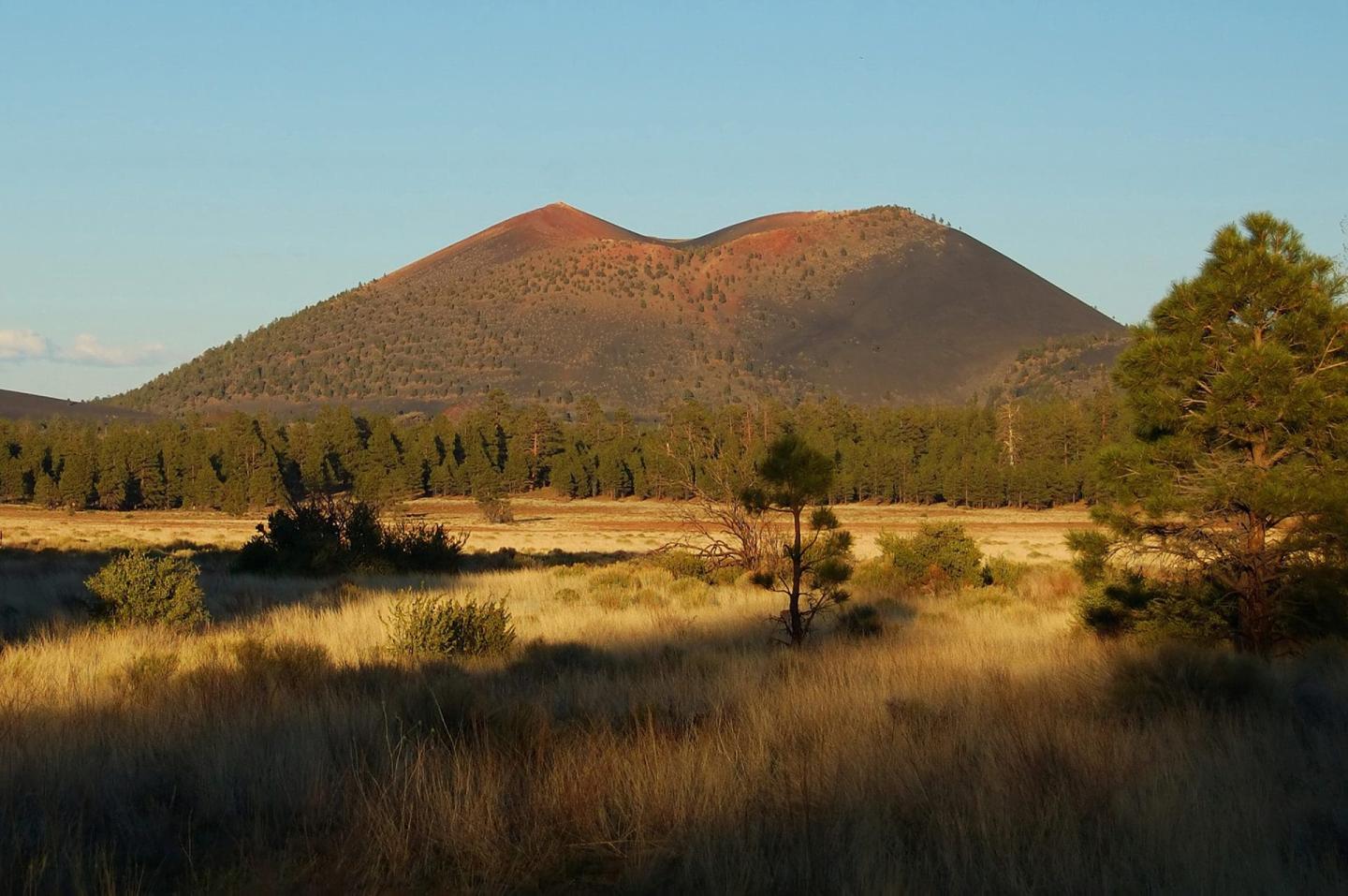
A Story of Resilience
May is National Wildfire Awareness Month, a time when landscapes naturally begin to warm and dry as spring turns to summer. Our featured park, Sunset Crater Volcano National Monument, has a unique history of fire and resilience that is both ancient and more recent. Read on to learn more about the history of this volcanic landscape, the ancestral homelands of Indigenous peoples who have lived in this area since time immemorial. Today, more than 13 Indigenous nations maintain sacred and significant connection to the lands of and around Sunset Crater Volcano National Monument. For help planning a trip to Sunset Crater Volcano National Monument, check out VisitArizona.
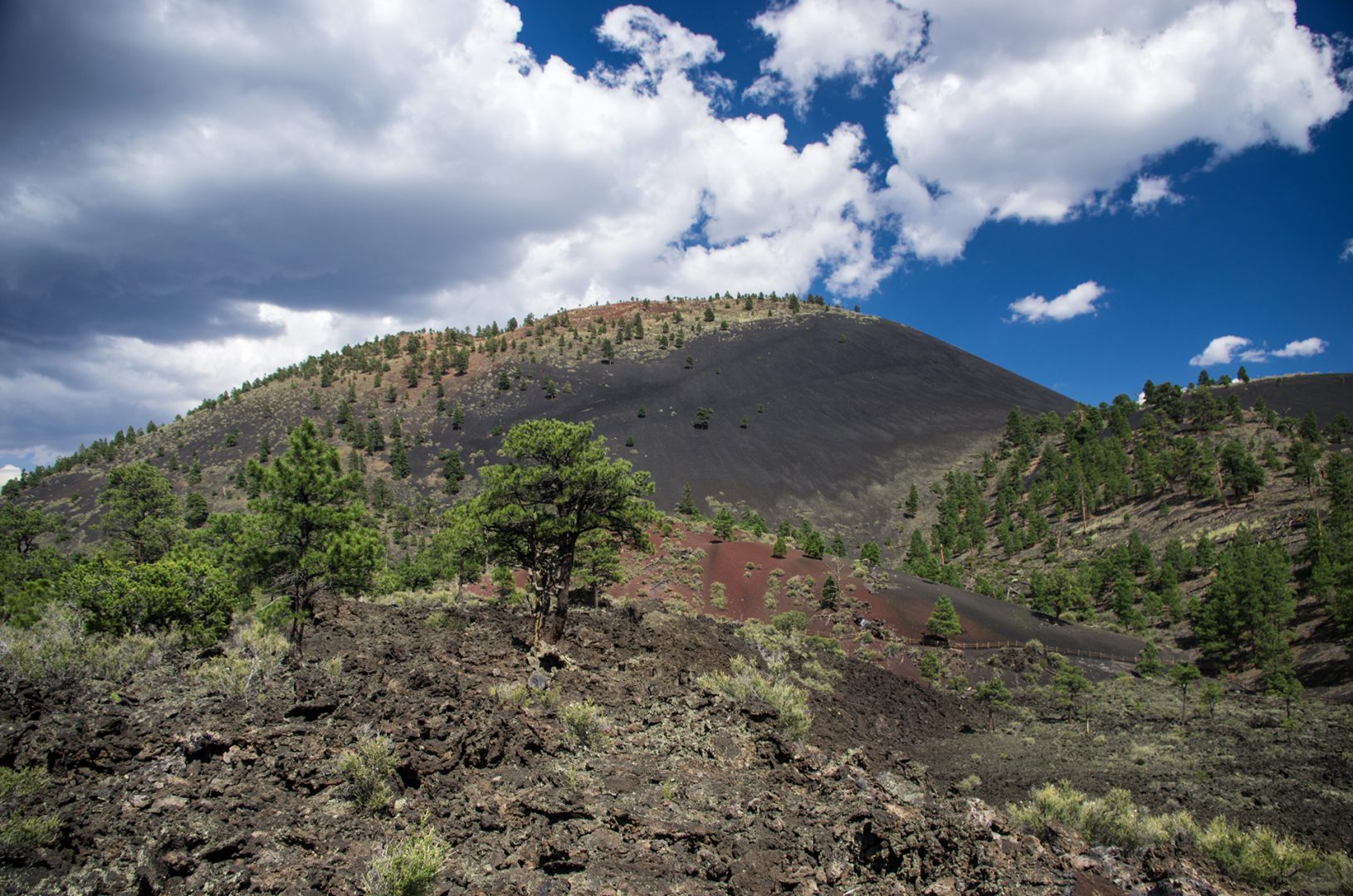
From Destruction to Creation: The Dynamic History of Sunset Crater Volcano
by Anita Varnon, Lead Park Ranger, Sunset Crater Volcano National Monument
Imagine living in harmony with the natural landscape one day and fleeing your homeland the next—this is the very real cultural and natural history of the eruption of Sunset Crater Volcano. Around 939 years ago, Indigenous peoples witnessed a powerful real-time geologic event that caused destruction and creation of the natural landscape they called home. There were earthquakes, gasses emanating, and fissures that cracked the earth open. They listened and moved away to the safety of nearby communities including Wupatki and Walnut Canyon.

The Beginnings of Sunset Crater Volcano
Liquid, hot magma ejected from the earth in a tall fountain, hardening as it fell creating billions of small cinders. These cinders built up a large cone-shaped volcano hundreds of feet higher than the surrounding landscape. Magma spewed from cracks near the base of the forming volcano creating a six-mile-long lava flow.

The Foundation of Sunset Crater Volcano National Monument
Since that time, other significant changes have occurred that warrant extensive study (naturally and culturally) of this youngest volcano out of 600 volcanoes in northern Arizona’s San Francisco Volcanic Field. A threat of destruction of the volcano itself (filmmakers of a movie wanted to film an actual landslide by blowing it up) led the local community to advocate for its protection. On May 26, 1930, President Herbert Hoover signed off on Sunset Crater National Monument (the word ‘Volcano’ was added later).
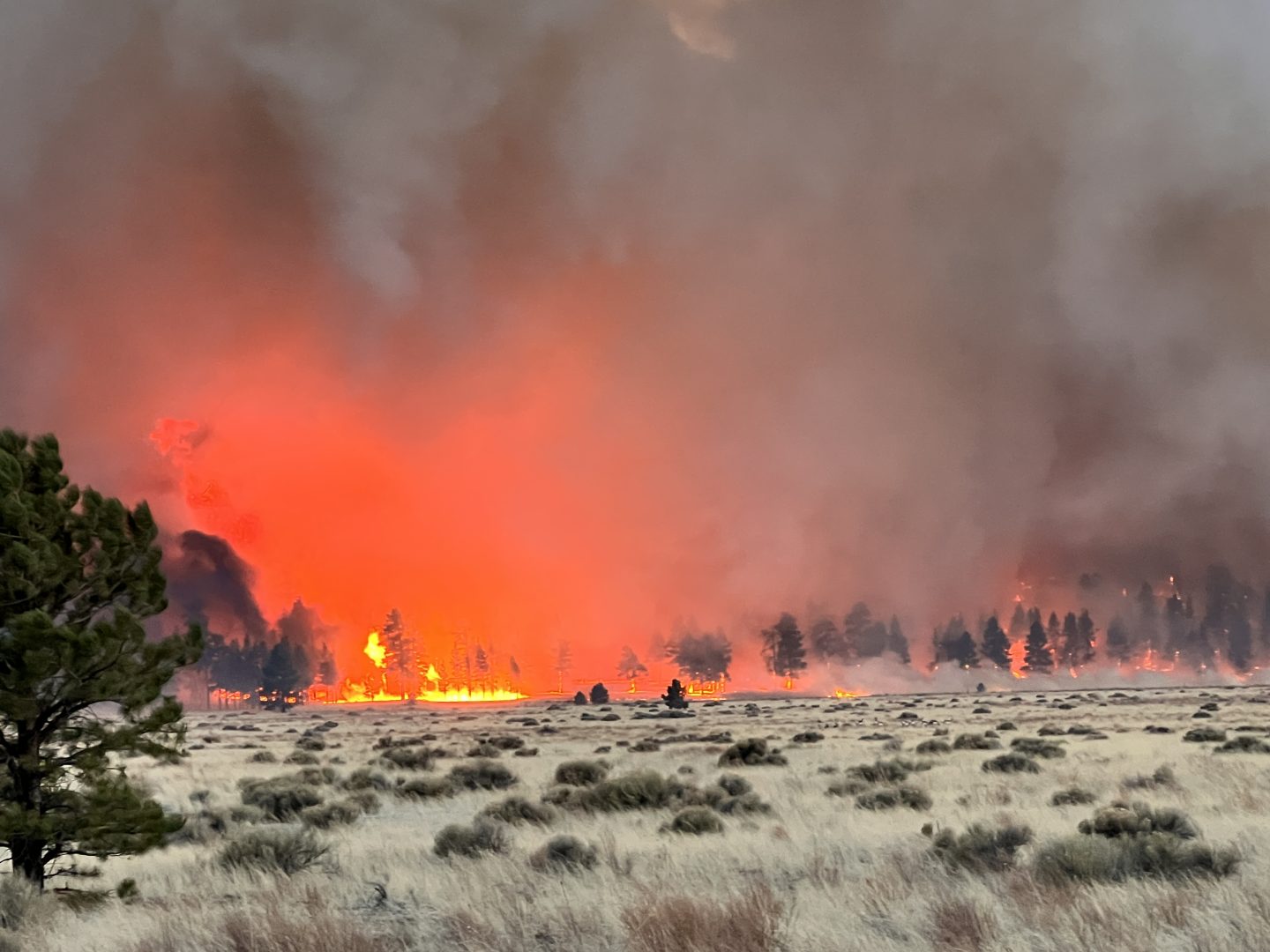
Recent Dramatic Change at Sunset Crater Volcano National Monument
The monument has experienced recent dramatic change that has affected the landscape, the people who take care of it, and the future visitor experience. The Tunnel Fire raged through the monument April 19, 2022 burning over 20,000 acres to include private land, portions of the Coconino National Forest, and 61% of the Monument itself. Recovery from this event is slow and ongoing. Work continues rebuilding the scorched maintenance yard and the popular Lenox Crater Trail. Given ongoing climate change, a recent study indicates recovery will include reduced plant growth, lower stream flows, and increased plant stress along with higher future fire risk. Wildfire damage is a daily topic of conversation and concerned visitors eagerly share their experiences and feelings about fire on this landscape.
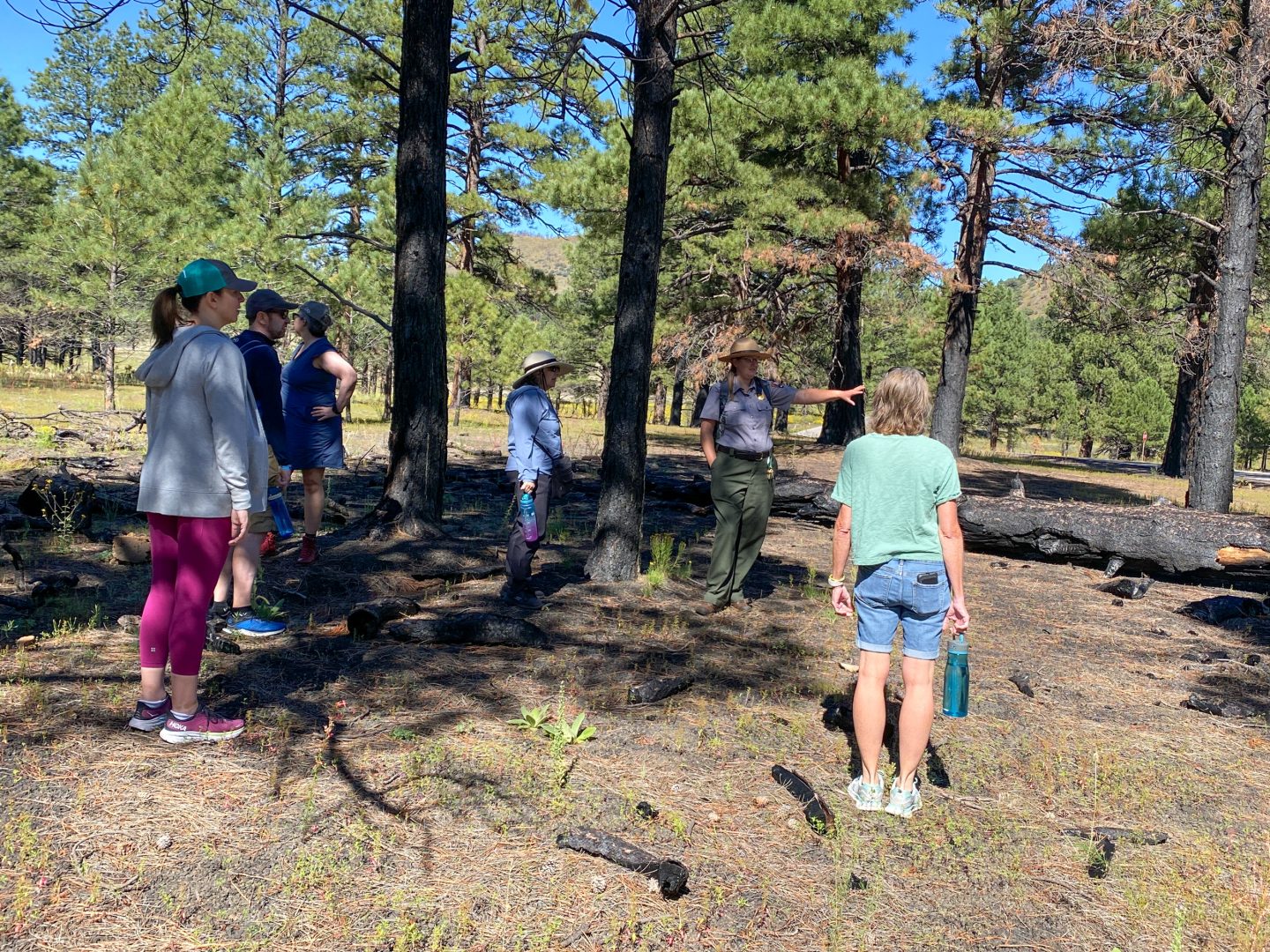
Future Plans for an Amazing Park
There are ongoing efforts to build capacity to provide seasonal interpretive programs at Sunset Crater Volcano to include a wildfire ecology walk, a guided hike into Sunset Crater Volcano’s backcountry, and one or more night sky events (all three Flagstaff Area National Monuments are officially recognized as International Dark Sky Parks).
When these programs are offered they will be advertised on our official website at nps.gov/sucr.
Destruction and creation are primary themes at Sunset Crater Volcano—then, now, and into the future. Come experience this special place for yourself and be witness to this cycle as old as time itself!
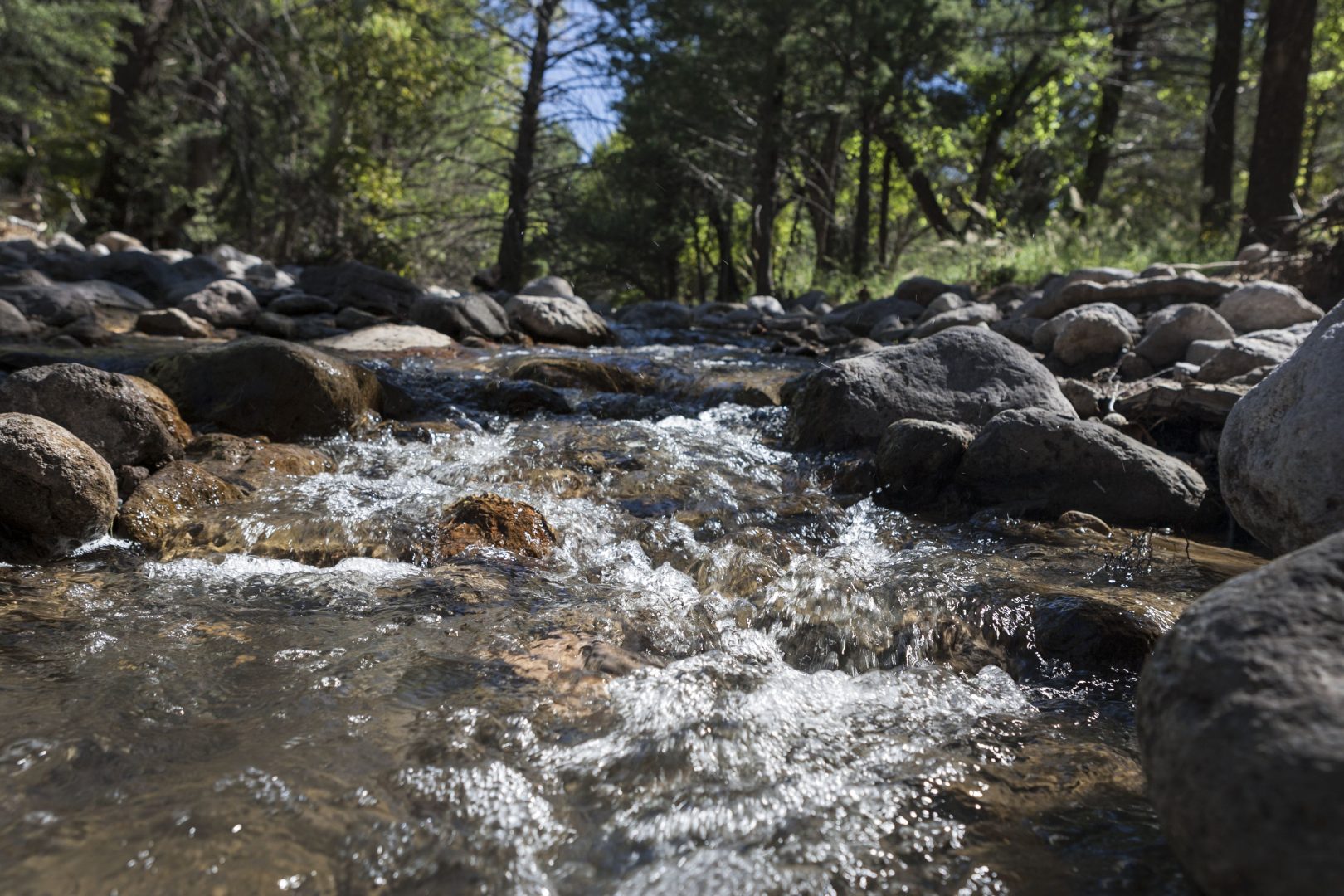
Want to show your love and support for these incredible lands?
Shop WNPA’s collection of apparel, books, collectibles, and more!



